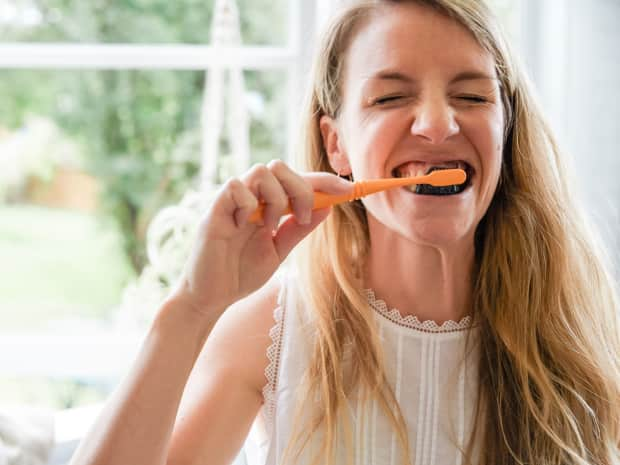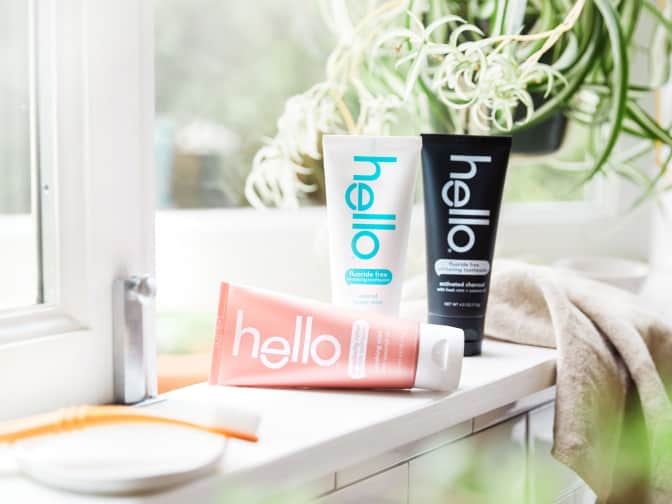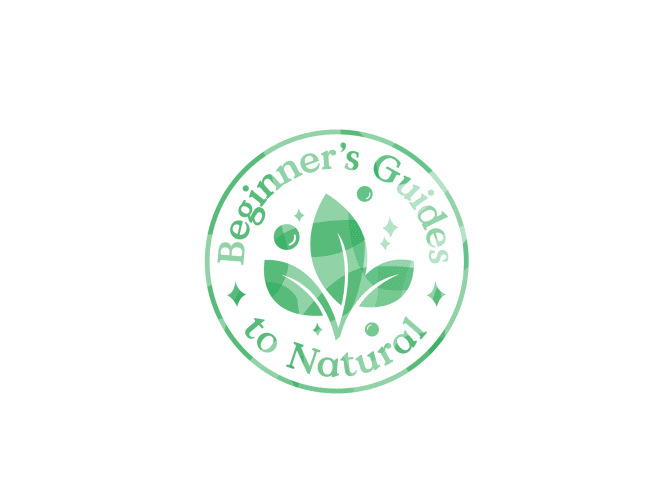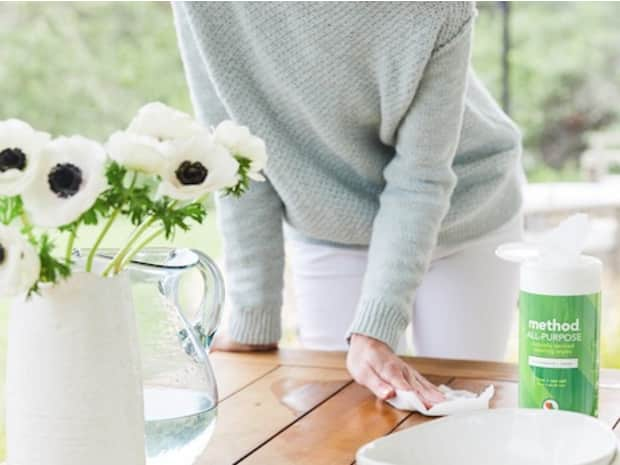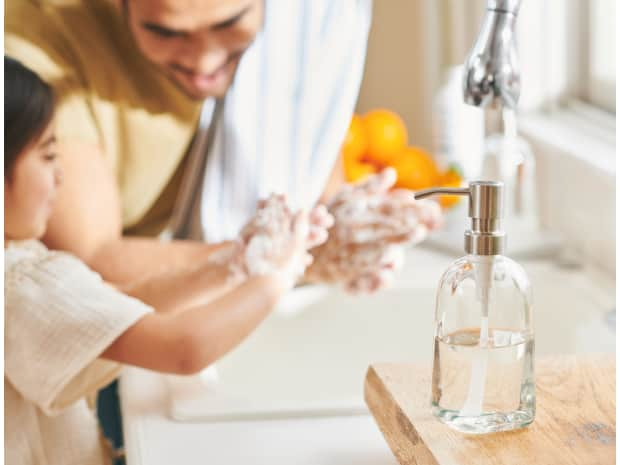Sodium lauryl sulfate (SLS)
This ingredient, which makes toothpaste foam up, commonly causes mouth ulcers and canker sores, and it’s associated with stomach problems and cancer. Worst of all? The foam doesn't actually do anything to clean your teeth.

